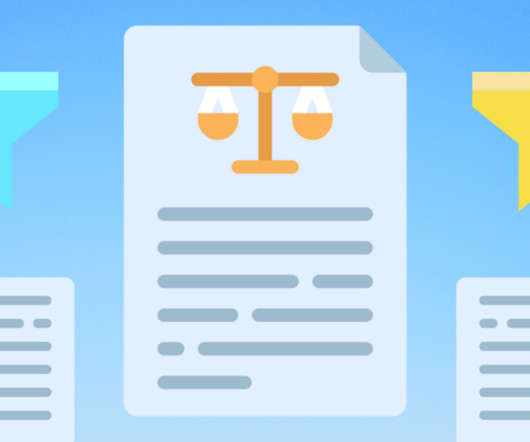Understanding the legal implications of using web filters in K-12 schools
Hapara
NOVEMBER 16, 2023
CIPA requires schools or libraries eligible to receive discounts through the E-rate program to adopt and implement an internet safety policy. Most educational institutions in this category simplify their compliance by purchasing and using a web filter from a reputable company. What are CIPA guidelines for filtering?


















Let's personalize your content